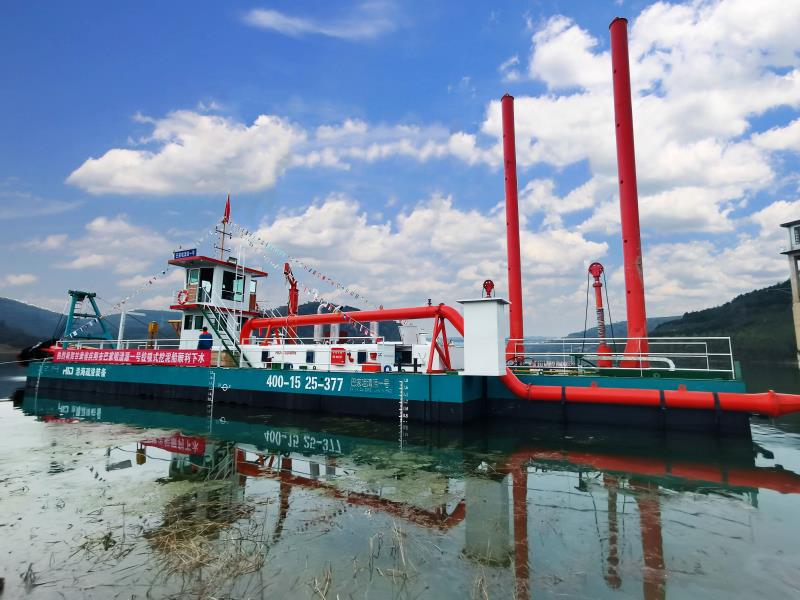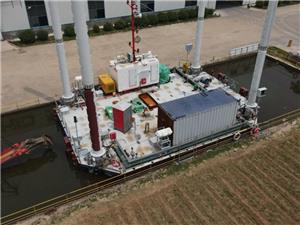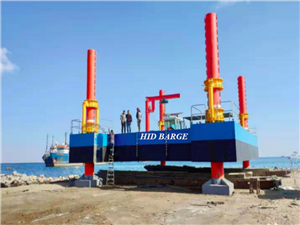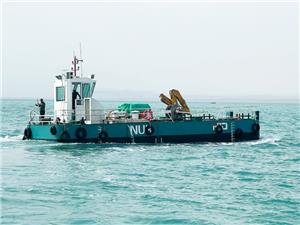The Importance of Reservoir Dredging
Reservoir dredging is the process of removing sediment, debris, and other materials from the bottom of a reservoir. It is an important practice for the maintenance and preservation of reservoirs, and has several key benefits:
Increases water storage capacity: Over time, sediment and debris can accumulate in a reservoir, reducing its storage capacity. Dredging removes these materials, allowing the reservoir to hold more water.
Improves water quality: Sediment and debris in a reservoir can negatively impact water quality, leading to issues such as reduced oxygen levels and increased nutrient levels. Dredging helps to remove these materials, leading to cleaner and healthier water.
Enhances flood control: A reservoir with reduced storage capacity due to sediment accumulation is less effective at controlling floods. Dredging can restore the reservoir's capacity and improve its ability to manage flood events.
Extends reservoir lifespan: Sediment accumulation can lead to the gradual filling in of a reservoir, reducing its lifespan. Dredging can extend the lifespan of the reservoir by removing accumulated materials and restoring its capacity.
Supports recreational activities: Reservoirs are often used for recreational activities such as boating, fishing, and swimming. Dredging can improve the quality and safety of these activities by removing hazardous materials and creating deeper, clearer water.

Overall, reservoir dredging is an important practice that supports the functionality and longevity of these important water storage systems.
However, here are some factors to consider when choosing dredging equipment for reservoir dredging:
Type of material: The type of material that needs to be dredged will determine the type of equipment required. If the material is soft and loose, a hydraulic dredge may be more suitable. If the material is harder, a mechanical dredge may be more effective.
Water depth: The water depth of the reservoir will determine the type of dredging equipment required. For shallow water, a cutter suction dredge or auger dredge may be more suitable. For deeper water, a hydraulic dredge may be necessary.
Dredging capacity: The size of the reservoir and the amount of material to be dredged will determine the dredging capacity required. A larger dredging capacity will require a larger dredging vessel and more powerful equipment.
Environmental impact: The environmental impact of the dredging process should be considered when choosing dredging equipment. Some equipment may have a greater impact on the environment than others.
Cost: The cost of the dredging equipment and the overall dredging project should be considered. More advanced equipment may be more expensive, but it may also be more efficient and cost-effective in the long run.
Maintenance and repair: The maintenance and repair requirements of the dredging equipment should also be considered. Equipment that requires frequent maintenance and repairs may be more expensive in the long run.





